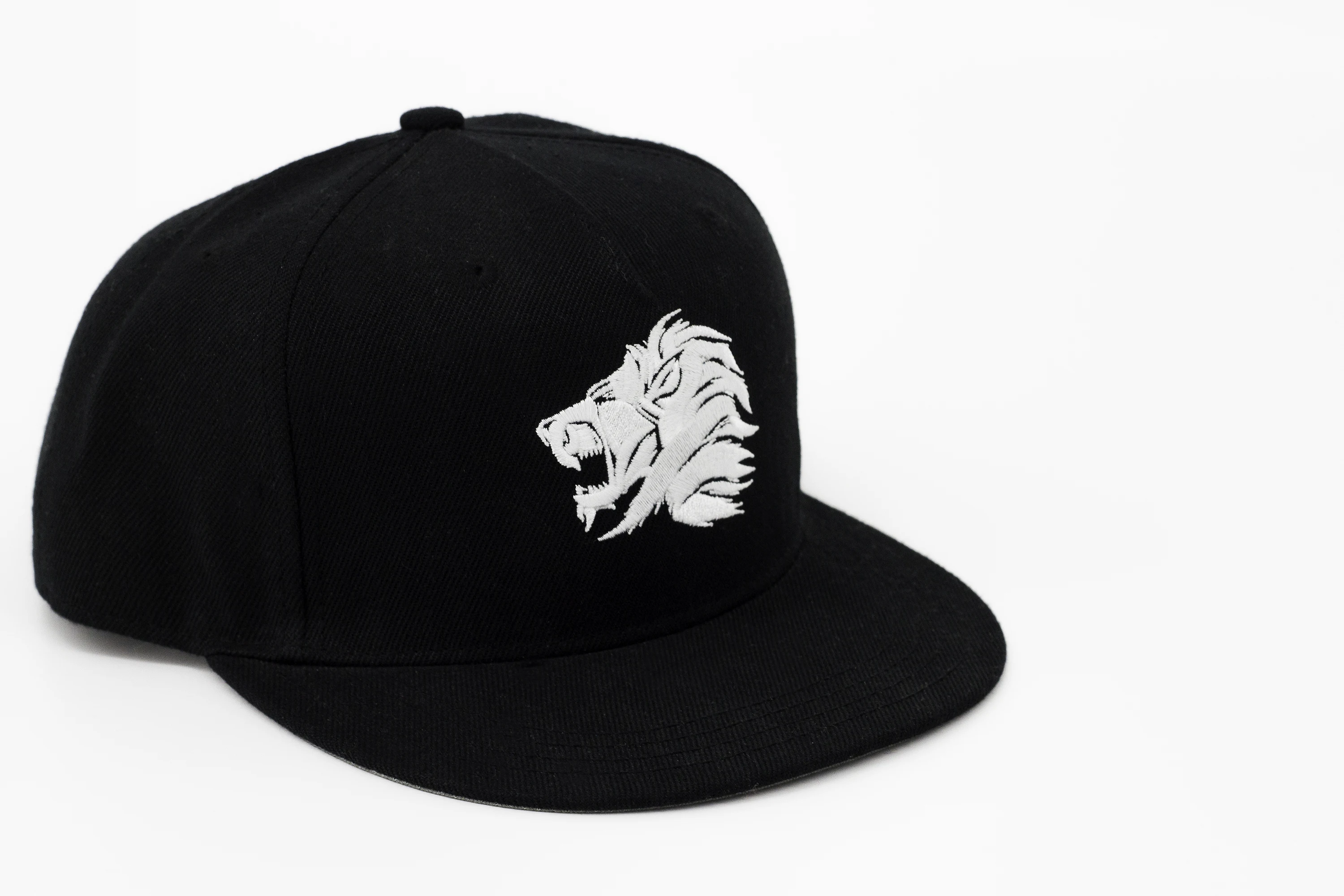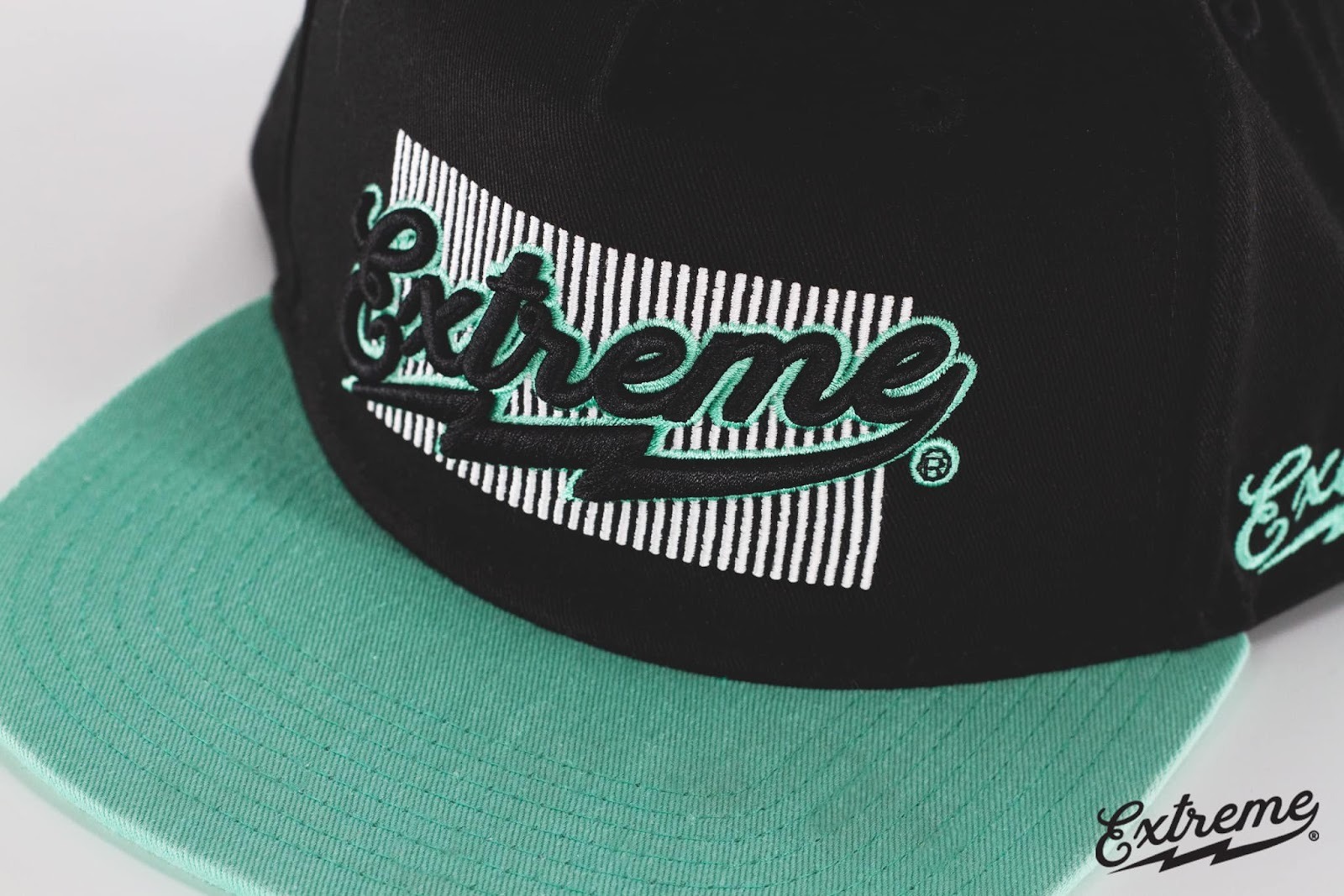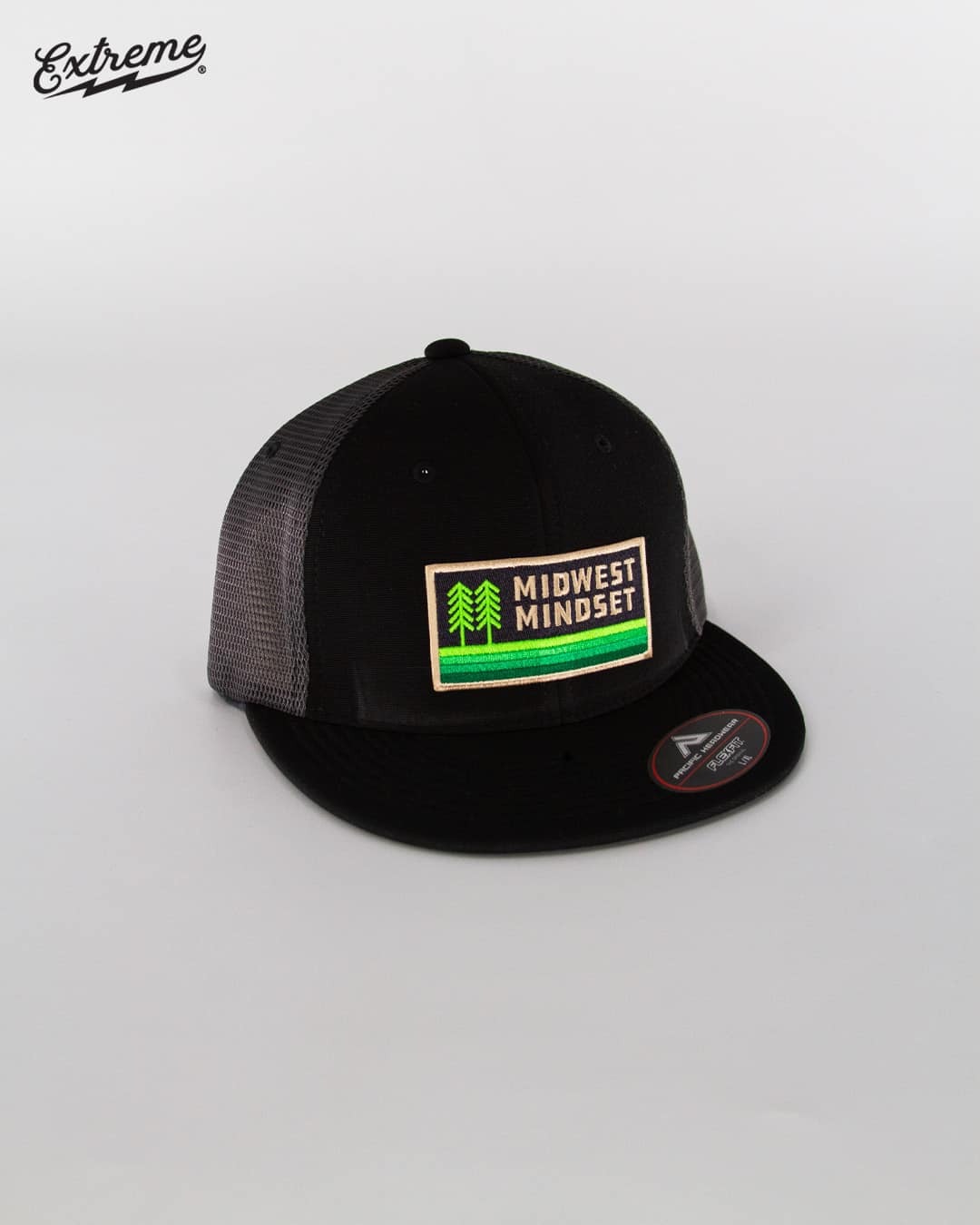

Custom embroidery services create professional branding through needle-and-thread decoration on fabric. Unlike printed logos that fade or crack, embroidered designs withstand heavy use and washing. This durability makes embroidery ideal for corporate apparel and professional uniforms.
Business owners and HR managers choose embroidery for branded uniforms, corporate apparel, and professional merchandise. Extreme Screen Prints provides custom embroidery services as part of our 15+ years of apparel decoration expertise. Our digitizing services convert your artwork into embroidery patterns for professional results.
This guide covers embroidery applications, stitch count pricing, design requirements, and quality considerations. You'll learn how to prepare artwork for embroidery and understand cost factors. We'll explain why embroidery creates competitive differentiation for custom clothing lines and professional workwear through our custom embroidery services.

Custom embroidery services provide professional branding that stands the test of time. Embroidered logos maintain their appearance through years of washing and daily wear. This longevity matters for businesses investing in branded uniforms and corporate apparel programs.
The professional appearance of embroidery elevates brand perception above that of printed alternatives. Embroidered logos communicate quality, permanence, and attention to detail. Corporate clients recognize these visual cues when evaluating business professionalism and brand credibility through our custom embroidery services.
Embroidery works exceptionally well on professional apparel where durability meets daily demands. Work shirts withstand industrial washing cycles without logo degradation. Polo shirts maintain their embroidered branding through hundreds of wears. This durability justifies a higher initial investment by extending the garment's lifespan.
Quality garments with professional embroidery become lifetime products serving businesses for years. A well-made polo with an embroidered logo outlasts multiple printed alternatives. This longevity reduces replacement costs and maintains consistent brand presentation through apparel finishing services that complete professional branding packages.
Corporate uniform programs benefit significantly from embroidery's exceptional durability. Employees wearing embroidered work shirts project a professional image year after year. The consistent brand presentation strengthens customer perception and employee pride in the company's representation.
Custom clothing lines gain competitive differentiation through embroidered branding. Brands that offer embroidered options position themselves as premium-quality providers. This differentiation justifies higher pricing and attracts quality-focused customers willing to invest in durable products.
Stitch count measurement determines embroidery complexity, production time, and cost. Total stitches indicate design intricacy and footprint size. Higher stitch counts indicate more detailed designs that require extended machine time and skilled execution.
The stitch count system provides transparent pricing based on the actual work required. Simple text logos need fewer stitches than complex graphics with fine details. Understanding stitch calculations helps businesses estimate costs before committing to production.
Stitch Count Calculations:
A 3-inch by 2-inch logo estimated at 12,000 stitches total. This provides ballpark costs before the final artwork review.
See our stitch count estimator here!
Complex designs with high stitch counts require extended production time and specialized skill. A corporate crest with 20,000 stitches takes significantly longer than a simple text logo with 4,000 stitches. Thread requirements scale with stitch count complexity, and machine settings adjust based on fabric type. Professional embroiderers optimize technical parameters to achieve high-quality results.
Corporate polos are the most common professional embroidery application. Business professionals wearing embroidered polo shirts project a polished, credible image. Logo placement on the chest or sleeve creates a subtle brand presence appropriate for client meetings.
Work shirts for skilled trades gain durability and a professional appearance through embroidery. Company logos and employee names withstand industrial environments where printed alternatives fail. Uniform programs across industries rely on embroidery for consistent branding, with healthcare, hospitality, and corporate offices specifying embroidered apparel for employees.
Embroidered caps provide mobile brand advertising with exceptional durability. Company logos on caps reach audiences beyond traditional marketing channels, creating visual interest through their three-dimensional appearance.
Bags with embroidered logos serve as functional accessories and as brand promotion tools. Corporate tote bags, gym bags, and laptop bags extend brand presence into daily life, providing ongoing brand exposure.
Beanies and cold-weather accessories with custom embroidery maintain brand visibility year-round. Seasonal promotional items featuring embroidered logos create lasting impressions, outliving single-use marketing materials.
Artwork preparation for embroidery differs from print preparation. Vector files provide optimal results for digitizing and accurately translate into stitch paths. Text characters need a minimum height of 1/4 inch for readability, and highly detailed artwork with gradients may not translate well to thread-based reproduction.
Professional digitizing services convert artwork into machine-readable embroidery patterns, determining optimal stitch types, directions, and densities. Stitch Count Estimator PDF tools help plan projects, providing ballpark stitch counts for budgeting. Artwork review before production prevents surprises and optimizes results.
Polos dominate corporate embroidery applications with professional styling that accommodates embroidery without puckering. Work shirts in heavy-duty fabrics withstand embroidery's structural demands while providing durable branding. T-shirts accept embroidery well when proper stabilization prevents fabric distortion, with left-chest logos and sleeve designs working well on quality fabrics.
Hoodies offer excellent embroidery surfaces and substantial fabric weight, making them both employee uniforms and promotional items. Jackets accommodate larger embroidered designs without structural concerns, creating impressive brand statements. Fleece materials accept embroidery particularly well due to fabric density, maintaining a professional appearance across seasons.
Embroidery excels in durability, far exceeding screen printing's longevity. Embroidered logos withstand years of washing and wear without degradation. Screen-printed designs eventually crack, fade, or wash away despite proper care and quality inks.
The dimensional quality of embroidery creates a premium perception unavailable through printing. Raised embroidered logos have tactile presence, communicating quality through touch and appearance. This three-dimensional effect justifies premium pricing and positions brands as quality-focused.
In professional contexts, embroidery's polished appearance is preferred over casual printed alternatives. Corporate meetings, client interactions, and business environments demand subtle professional branding. Embroidered logos achieve this balance where bold prints may appear too promotional or casual.
Embroidery Advantages:
Screen Printing Advantages:
Each decoration method serves specific applications and brand objectives. Many businesses use both embroidery and screen printing strategically. Corporate uniforms feature embroidered logos, while promotional t-shirts use screen printing for larger graphics and budget efficiency.
Extreme Screen Prints provides both embroidery and custom screen printing services for comprehensive branding solutions.
Thread quality directly affects the finished embroidery's appearance and durability. Professional embroiderers use commercial-grade threads that resist fading and breaking. Thread selection considers color matching accuracy, sheen characteristics, and performance requirements for specific applications.
Digitizing expertise determines how well designs translate to embroidered reality. Experienced digitizers optimize stitch types, directions, and densities for each design element. Poor digitizing creates puckering, thread breaks, and an unsatisfactory appearance despite quality execution.
Proper stabilization prevents fabric distortion during embroidery production. Different fabrics require specific backing materials that support stitching without causing stiffness or appearance issues. Professional embroiderers select appropriate stabilizers for each garment type and design complexity.
Professional embroidery machines maintain tight tolerances, ensuring consistent results across production runs. Precise stitch placement creates clean designs without alignment issues. Machine maintenance and calibration affect the consistency of quality throughout long production runs.
Operator expertise is critical to quality embroidery production. Skilled operators adjust tension, monitor thread performance, and catch potential issues before they become problems. This human oversight ensures that machines consistently produce optimal results.
Design testing on actual garments prevents surprises in final production. Sample embroidery reveals how designs appear on specific fabrics with chosen thread colors. This validation step allows adjustments before committing to complete production runs.

How do you calculate embroidery costs for corporate logo designs?
Embroidery costs are primarily calculated from the total stitch count, which determines production time and complexity. Use the estimation formula: Length × Width × 2 × 1,000 for ballpark stitch counts. A 3-inch by 2-inch logo is estimated at 12,000 stitches. Additional factors include thread color changes, specialty threads, and garment type.
What is the minimum text size for embroidered corporate uniforms?
Text characters need a minimum height of 1/4 inch for readable embroidery results. Smaller text becomes less legible as individual stitches cannot reproduce fine details. Each 1/4-inch letter adds approximately 100 stitches to the total design count. For employee names and detailed text, plan sizing accordingly to maintain a professional appearance and readability.
How long does embroidered branding last on work shirts?
Embroidered logos are highly durable and create high-quality, long-lasting products. Unlike printed designs that crack or fade, embroidery withstands years of industrial washing and daily wear. Proper thread selection and professional execution ensure embroidered work shirts maintain appearance through hundreds of wash cycles and years of service.
Can embroidery work on all fabric types for corporate apparel?
Embroidery works best on stable, medium-to-heavy-weight fabrics such as polo knits, work shirt materials, and structured outerwear. Lightweight fabrics need careful stabilization to prevent puckering. Stretchy materials require specialized techniques for managing fabric movement during stitching. Professional embroiderers assess fabric suitability and recommend appropriate applications for best results.
What artwork file formats work best for embroidery digitizing?
Vector artwork formats (AI, EPS, PDF) provide optimal results for embroidery digitizing. Vector files allow clean scaling and accurate line interpretation. High-resolution raster images (300 DPI minimum) work when vector files aren't available. Provide the cleanest, highest-quality artwork possible for the best digitizing results and accurate stitch count estimation.
How does embroidery pricing compare to screen printing costs?
Embroidery typically costs more per piece than screen printing because of its time-intensive stitch-by-stitch production. However, extreme durability and premium appearance justify a higher investment for professional applications. Screen printing offers budget-friendly options for large graphics and promotional items. Many businesses use embroidery for uniforms and executive apparel while choosing screen printing for event shirts and promotional products.
What turnaround time should businesses expect for custom embroidery orders?
Embroidery production timelines vary by project complexity, order quantity, and current production schedule. Simple designs with moderate quantities are often complete within standard production timeframes. Complex designs that require detailed digitizing require additional preparation time. Rush services may be available for urgent projects.
What makes custom embroidery better than screen printing for professional apparel?
Embroidery creates a premium three-dimensional appearance with exceptional durability that withstands years of washing and wear. The professional tactile quality communicates superior craftsmanship, while screen printing offers budget-friendly options for large graphics but lacks embroidery's premium perception and longevity.
How do you prepare artwork for custom embroidery projects?
Vector artwork formats (AI, EPS, PDF) provide optimal results for embroidery digitizing. Text needs a minimum 1/4 inch height for readability, and highly detailed designs may not translate well to thread-based reproduction. Professional digitizing converts artwork into machine-readable stitch patterns.
What garments work best for custom embroidery services?
Polos dominate corporate embroidery applications with professional styling that accommodates embroidery without puckering. Work shirts in heavy-duty fabrics withstand embroidery's structural demands while providing durable branding. Hoodies, jackets, and caps also provide excellent embroidery surfaces.
How long does embroidered branding last on professional apparel?
Embroidered logos are highly durable and create high-quality, long-lasting products. Unlike printed designs that crack or fade, embroidery withstands years of industrial washing and daily wear while maintaining a professional appearance through hundreds of wash cycles.
What's the minimum order quantity for custom embroidery services?
Extreme Screen Prints serves brands with various order requirements, though embroidery projects typically require minimum quantities to be cost-effective. Contact our specialists to discuss your specific project needs.
Custom embroidery services create durable, professional branding that enhances business image and competitive positioning. The exceptional longevity and premium appearance justify investment for corporate uniforms, professional workwear, and branded accessories. You've learned stitch count systems, design requirements, and application considerations.
Extreme Screen Prints provides custom embroidery services with professional digitizing, quality execution, and design consultation. Our stitch count estimation tools help plan projects and understand costs. Call (616) 202-1133 to discuss your embroidery needs and receive expert guidance.
Start elevating your brand presence with professional embroidered apparel. The lifetime durability and polished appearance create lasting impressions on clients, customers, and employees. Get your embroidery quote today or request a consultation for comprehensive branding solutions combining embroidery and screen printing expertise.